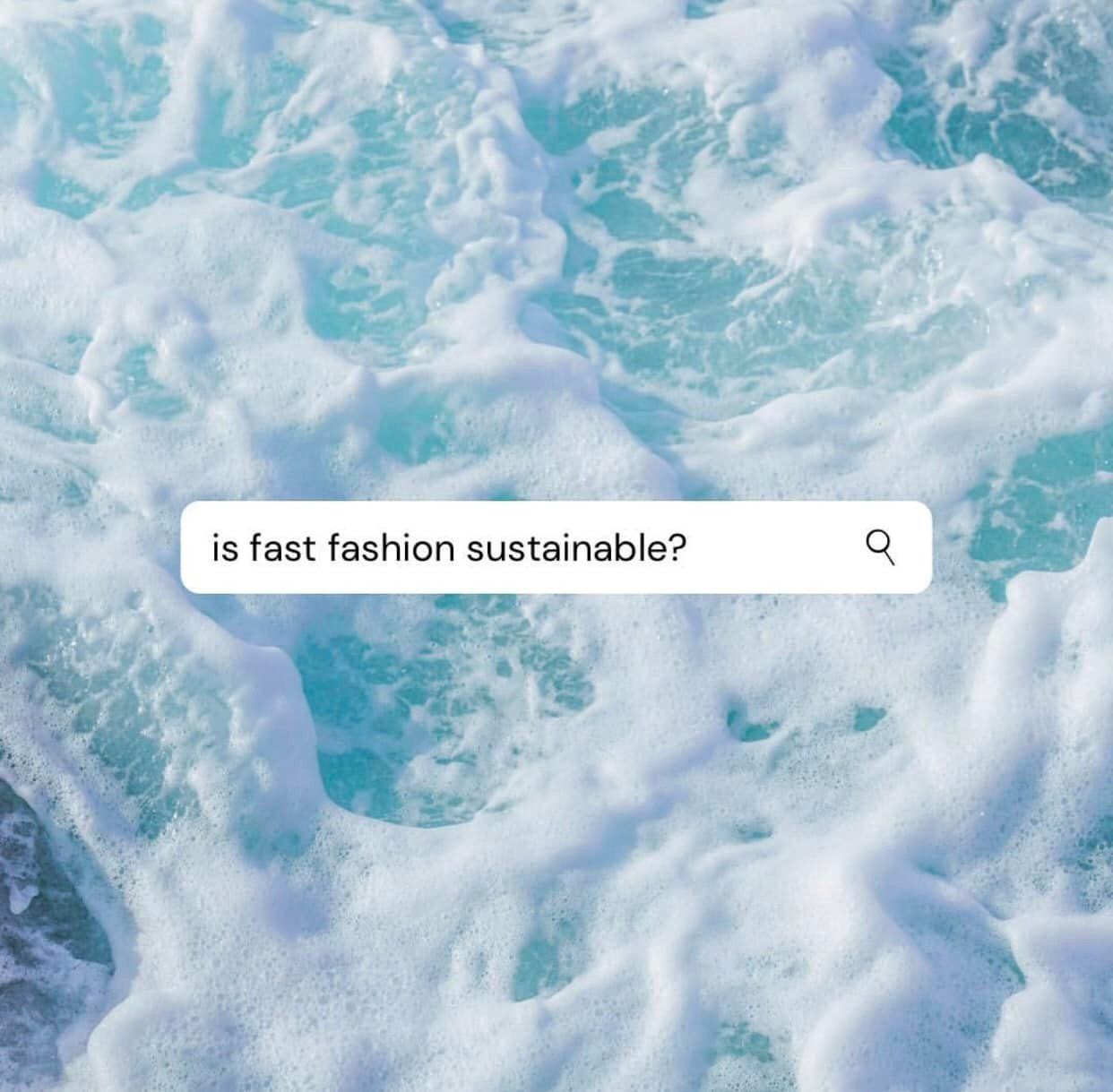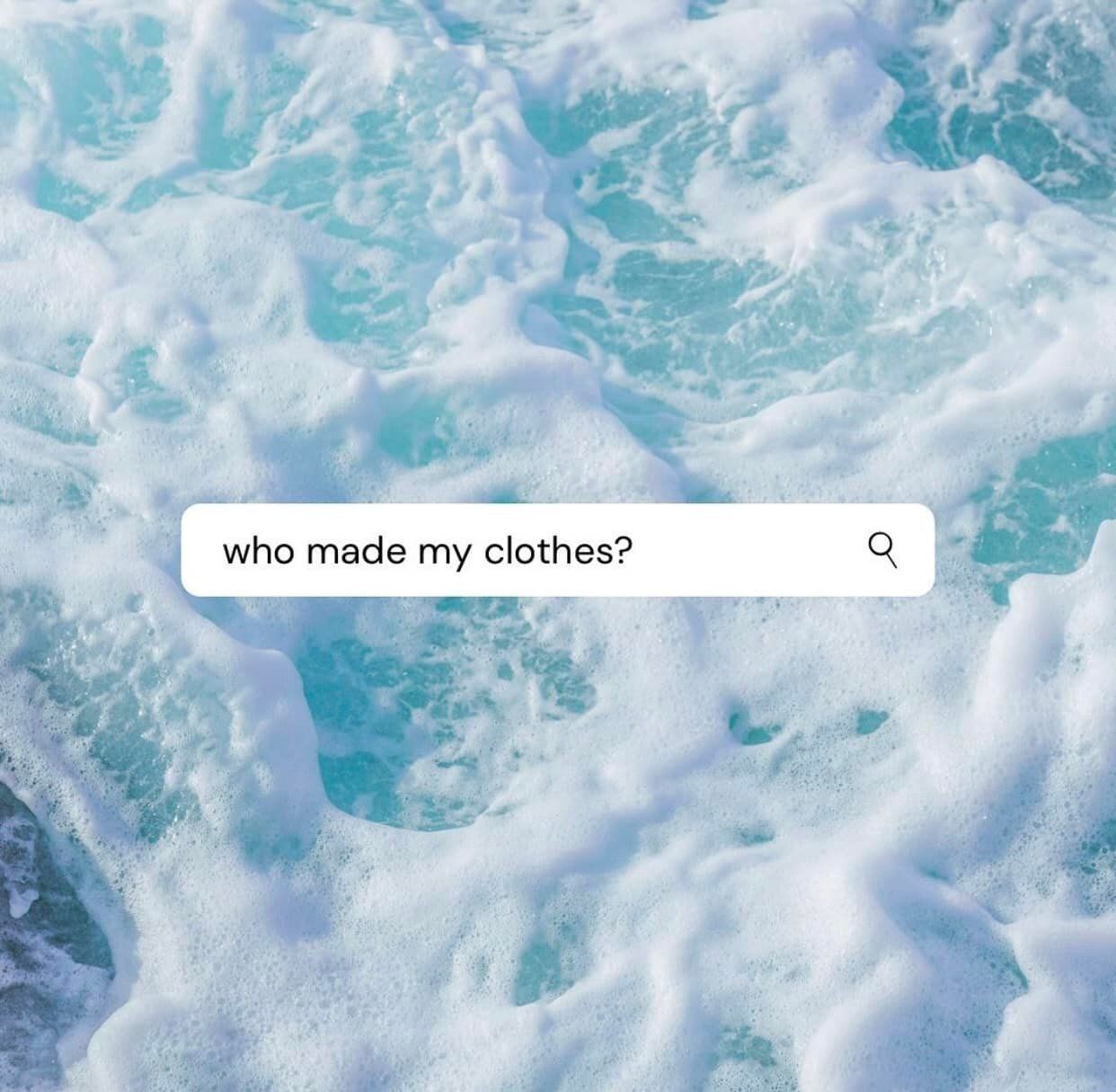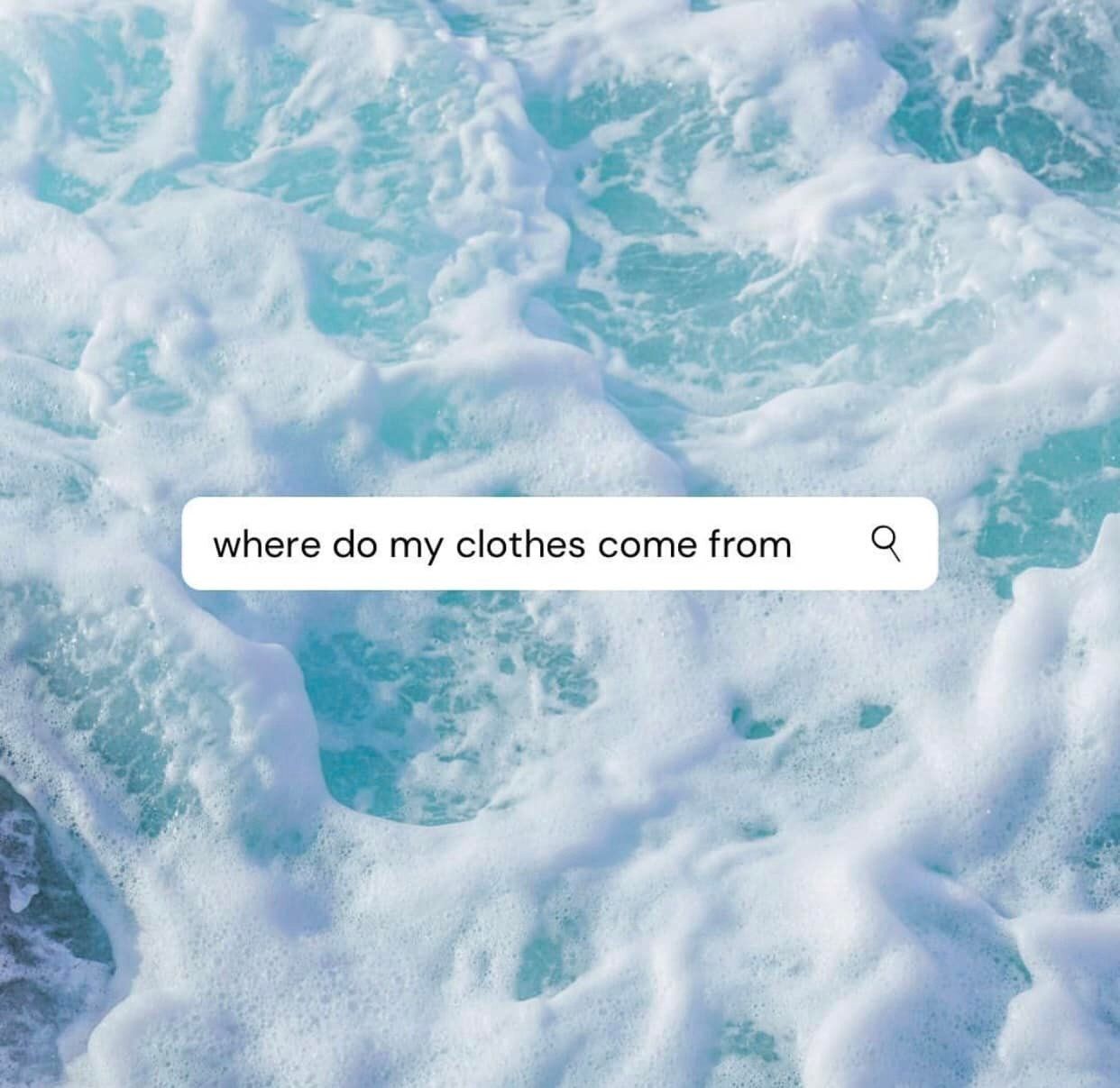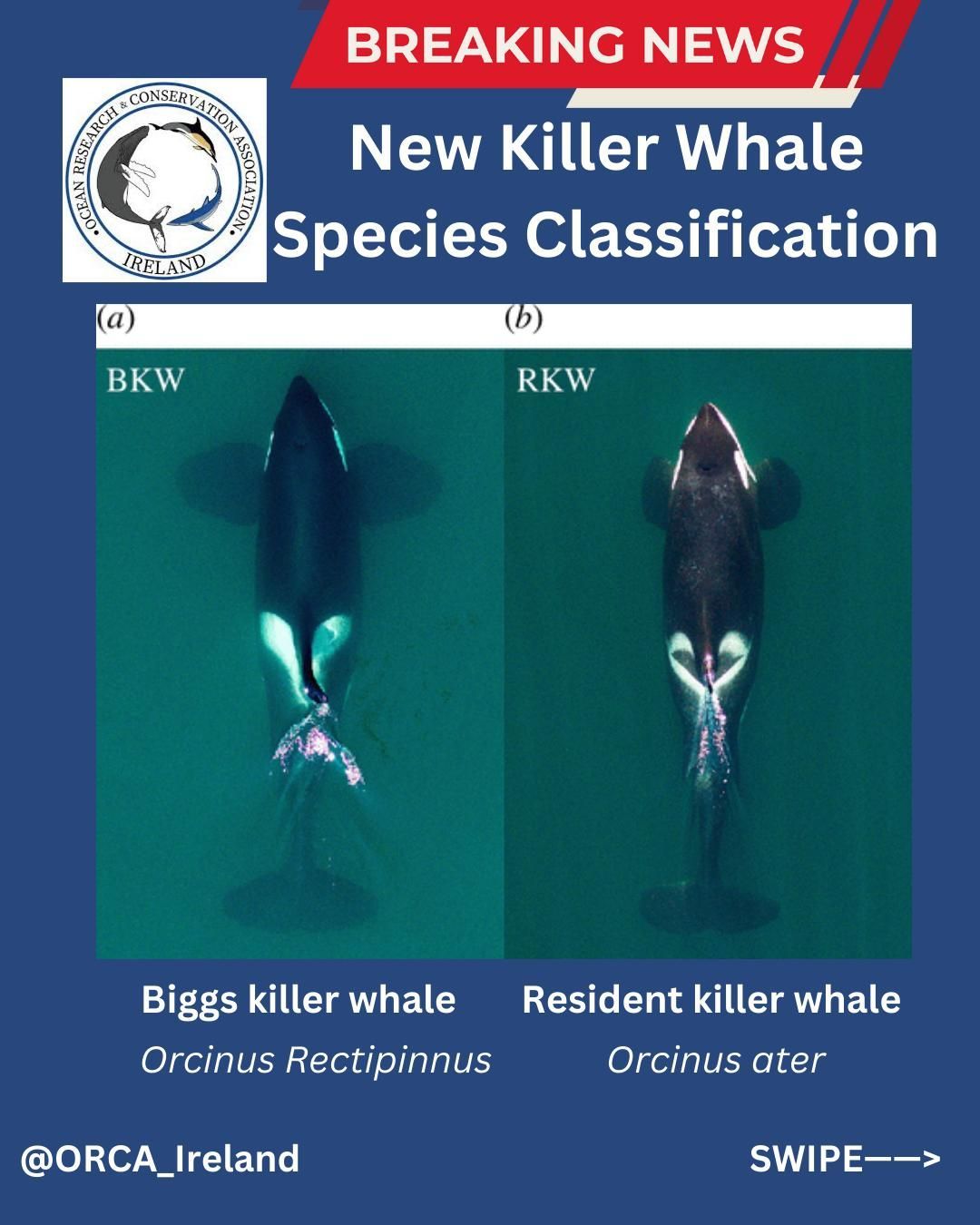How To Create a Sustainable Wardrobe!
admin admin • December 9, 2021
How to Create a Sustainable Wardrobe!
ORCA SciComm Team - 9th December '21
The idea of creating a sustainable or ethical wardrobe from scratch is, without a doubt a challenging task. You may not be able to wear the brands you are used to, limiting your choices in terms of trends, not to mention having to spend a little more than you would normally. All of these are valid concerns, but creating a sustainable wardrobe isn't as hard as you may think. Read on to find out tips and tricks to help you transition from a "fast fashion" foe to a "slow fashion" soul sista!
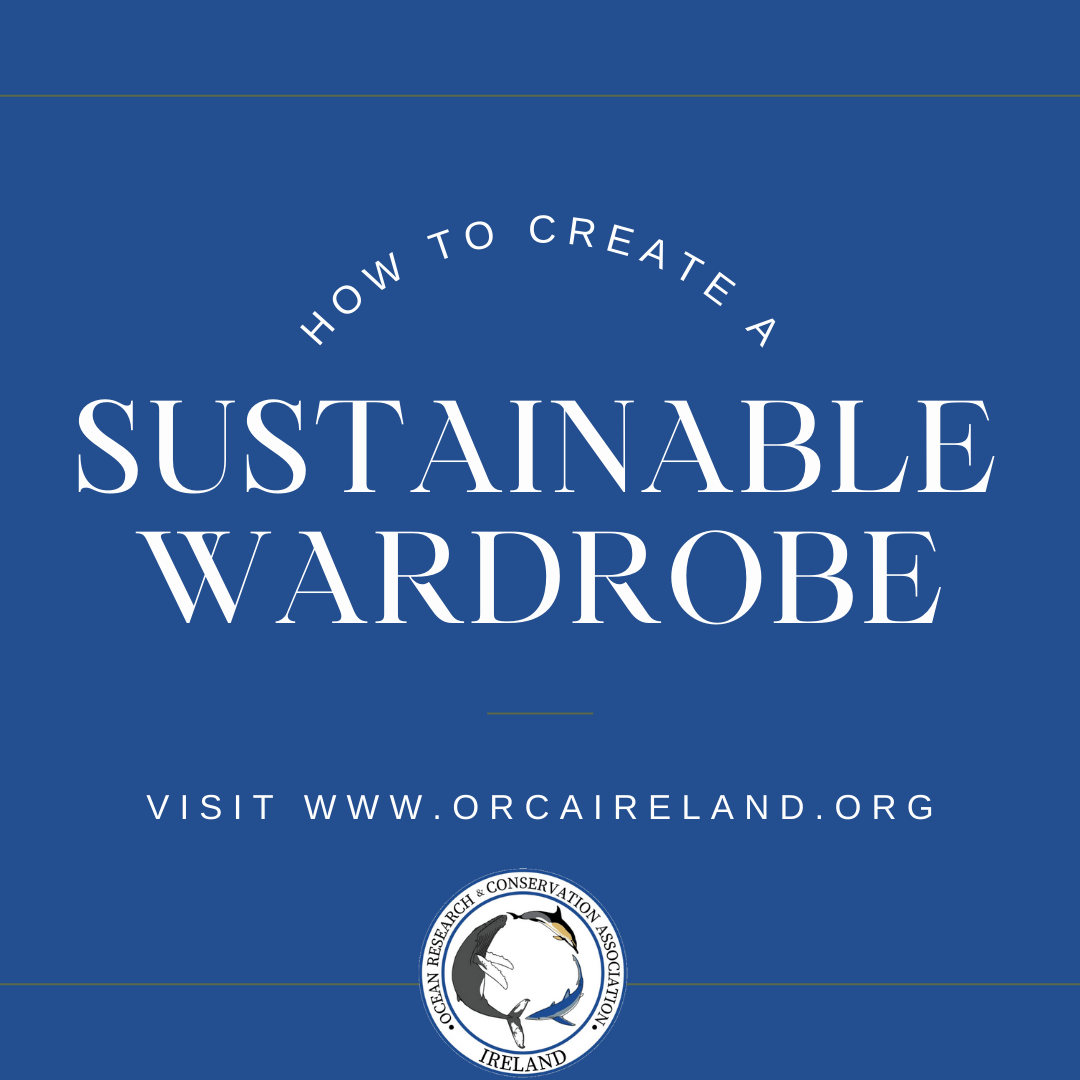
Here are 10 Tips for a Sustainable Wardrobe:
- The 30 Wears Test: Will you wear the clothing item a minimum of 30 times? Try to avoid purchasing items to wear for just one occasion and instead invest in clothing with more longevity that you can wear again and again!
- Get Informed: Research brands and look for evidence as to why they are sustainable. Do they lessen the impact of production practices by continually reviewing their processes and making the necessary changes to become carbon neutral? What materials are they using? Are they reducing their use of plastic?, or are they contributing to the problem of debris and litter in our oceans through micro-plastics and micro-fibres that contain harmful toxins? What is their supply chain like and where do they source their materials? Are their operations ethical and are their staff treated well?
- Change Your Attitude: Change your attitude towards shopping by realising that every item that you purchase has had a substantial carbon footprint attached to its manufacturing, but the amount of new energy needed to produce vintage clothing is zero. The global footprint of fast fashion includes the 132 m metric tonnes of coal used annually through the production of new fibres, dyeing and bleaching of garments and the 6-9 trillion litres of water used by the industry.
- Circular Fashion: ORCA Ireland encourages our members to avail of our online social media groups that enable us to use circular fashion through rental schemes for kids clothes. Given that 300,000 tonnes of unwanted clothes are binned, not recycled every year, there is an opportunity in sharing our wardrobes and contributing to the circular economy as a step towards a more sustainable future.
- Buy Trans-seasonal clothes: Only buy items that you know are going to work for you all year round. That's why ORCA's garments include T-shirts and Hoodies, so you can be cozy and comfortable no matter what the season. Always use a reusable facemask.
- Donate unwanted clothes: Giving your unwanted clothes to good-will for a good cause will not only be good for the people that need them, but will help them be more sustainable by using your unwanted garments, rather than buying something new. A great way to do this is to have a one in - one out policy - live by the mantra that when you buy something new, you will donate something.
- Look after your clothes: Look after your clothes so they last longer. Buy high quality items as they will last longer and you are more likely to treat them carefully because they were more expensive. Invest in a handheld or standing steamer for your clothes - an efficient and gentle alternative to an iron. It leaves your clothes smooth, fresh and wrinkle free. The hot steam also reduces bad smells, kills bacteria and removes all signs of the garment being worn.
- Repair clothing: Learn how to sew or find a good tailor to repair clothing when something rips or a heel breaks, you don't necessarily have to throw it away.
- Quality or quantity: It's all about planning ad buying better quality items that are more sustainable. They may be more expensive than buying cheap high-street labels.
- Change how you spend money and your perspective: Don't splurge on a. new dress you are only going to get one wear out of. Consider committing to buying only one item per month. After a few seasons, you will have a high quality, sustainable wardrobe you are proud of. Dressing sustainably doesn't mean you have to compromise on getting the latest trends. ORCA Ireland's sustainable ethos is at the heart of practicality, comfort and fashion.

SHARE THIS ARTICLE
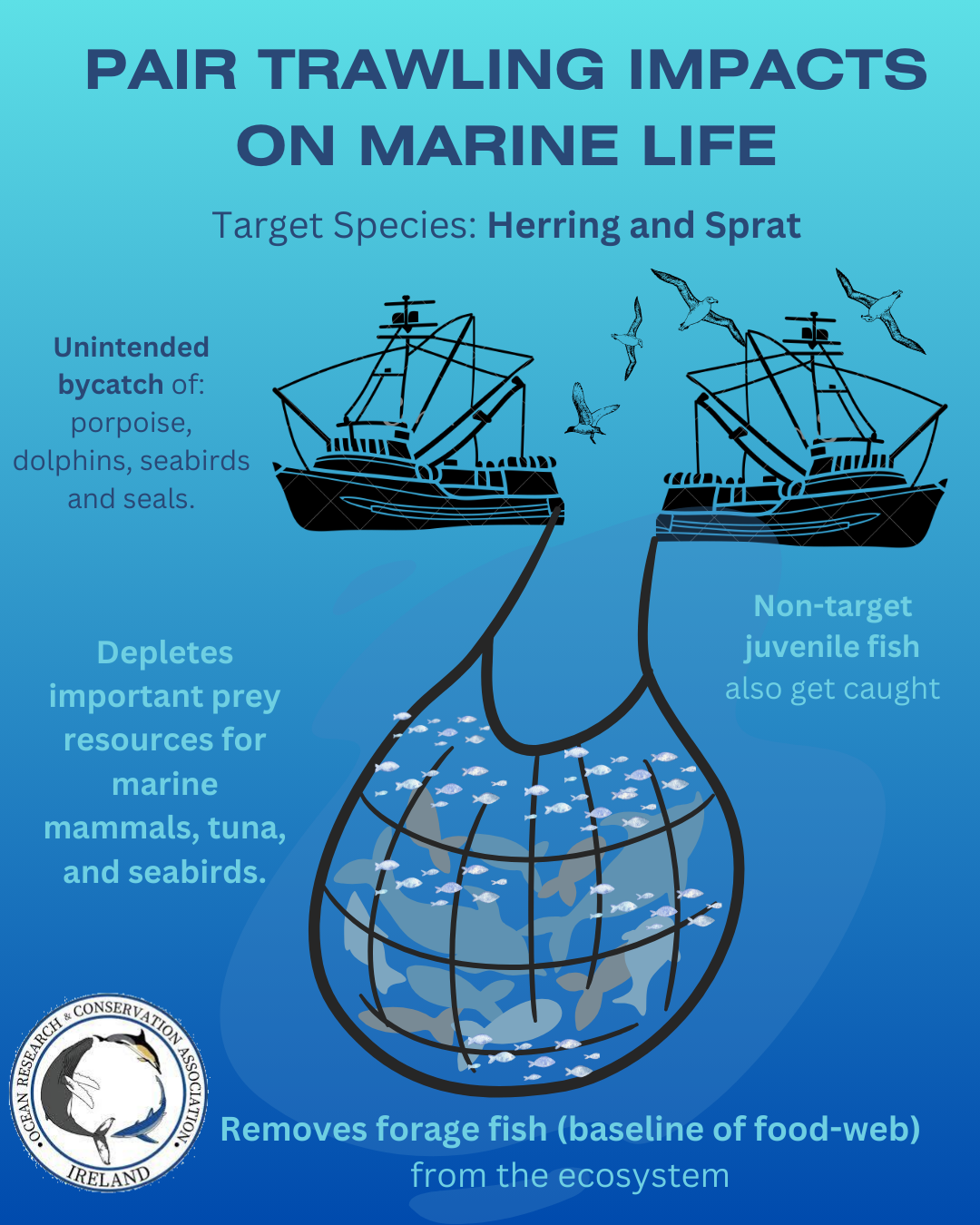
The Urgent Call to Protect Our Marine Life: Stand Against Pair Trawling in Irish Waters ORCA SciComm Team | 10th of April 2024 In the diverse waters surrounding Ireland, a battle for the future of marine conservation is being waged—a battle that calls for your voice and action. As a leading marine conservation NGO, ORCA Ireland are at the forefront of advocating for the protection of our oceans and the incredible life they harbor. Today, we stand united with other leading organisations around the country against a grave threat: pair trawling within the 6 nautical mile zone, a practice that endangers the rich biodiversity of our coastal waters.

Ocean Noise Pollution - Impacts on Marine Wildlife Kiera Mc Garvey Sears I 16th January 2024 Marine noise pollution can have significant negative impacts on marine mammals, including increased stress levels, tissue damage, hearing loss, and even death, and researchers are studying how individual responses to noise can affect the overall population.

COP28 Controversies: The Urgency of Action and Accountability ORCA SciComm Team | 30th November 2023 COP28 represents the UN's most recent series of international climate negotiations taking place from November 30th to December 12th, 2023. This year, it is hosted by the UAE in Dubai and is expected to be attended by 167 world leaders, among them the Pope and King Charles III. As the first day of COP28 begins, the critical climate conference taking place in the United Arab Emirates (UAE), we at ORCA Ireland find ourselves reflecting on the paradox that frames this event. The UAE, a nation with an economy that is built on oil and gas production, is hosting a summit aimed at mitigating the very crisis exacerbated by fossil fuels. This juxtaposition is not lost on the global community, particularly in light of leaked documents suggesting an agenda to boost oil and gas production rather than reduce it.

Ocean Noise Pollution - Part 1 - Episode 1 20th November 2023 I Kiera Mc Garvey Sears - ORCA Scicomm Team ORCA Ireland is delighted to present a new educational series focusing on Ocean Noise Pollution. Written and produced by ORCA Ireland's Educational Officer, Marine Biologist - Kiera Mc Garvey Sears, this episode explores some of the sources of noise in our oceans, including biophony, geophony and anthrophony. Dive in and learn about this unseen but not unheard threat to marine wildlife in our oceans. Ocean noise, both natural and human-introduced, has a significant impact on marine life and ecosystems. Here is why:

Lolita, also known as Tokitae, was a killer whale who was captured from the wild in 1970 and has been living in captivity ever since. She was the last surviving orca from the infamous capture of the Southern Resident killer whales in Penn Cove, Washington. For over 50 years, Lolita has been living in a small tank at the Miami Seaquarium, where she has been performing for crowds and living a life that is far from natural.

